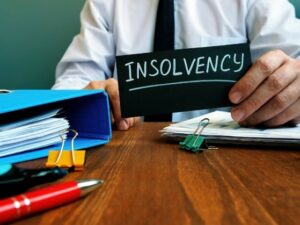When it comes to financial assets on divorce, people jump to think about the family home and the income of each party. However, we need to talk about pensions. Throughout your working life, you pay into this pension pot with the hope that, in your old age, you will have enough to live on for the rest of your life. However, in couples where one is the ‘homemaker’ and the other the ‘breadwinner’ or where there is severe inequality in income obtained from work, this trickles down into inequality of pensions.
New research conducted by the Manchester Institute for Collaborative Research Seedcorn Project and supported by the Pensions Policy Institute[1]. It found that about 90% of couples have some private pension or occupational wealth between them, with more than half having over £140,000 in pension wealth and a quarter of £435,000 combined. What is more striking is that in about half of couples with pensions, one partner has 90% of the wealth and fewer than 15% have pensions of a similar size.
Men have more private person than women, with the gap widening across the age groups. Looking at ages 45-54, men have a median pension wealth of around £86,000 compared to £40,000 for married women. At the ages of 55-64, the disparity between men and women is three-fold: £185,000 compared to £55,800[2].
How to split pensions on divorce:
- Sharing: this is a formal agreement to divide the pension assets at the time of divorce. The receiving party can either become a member of the pensions scheme, or transfer the funds to a new provider. This will depend on the pension provider.
- Ofsetting: the value of the pension is offset against other assets, such as the former matrimonial home, stocks and shares or cash
- Attachment orders: all, or part, of the pension is to be paid to one party when the other begins to draw pension benefits.
Pension sharing and offsetting both allow for a clean break, although with sharing you cannot share separate life cover and death benefits.
Offsetting may be preferred by one party where they are confident that they can build up their current assets faster than they could accrue a pension. It also has the added benefit of not interfering with existing pensions.
Attachment orders are less popular, as they mean that one party is still reliant on the other, as the party with the pension still controls how and when the pension is used at retirement.
For further information on this topic or on any other legal area, please contact John Szepietowski or Kay Stewart at Audley Chaucer Solicitors on 01372 303444 or email admin@audleychaucer.com or visit our Linkedin page
Alina Dewshi
December 2021
[1] Buckley, Jennifer and Price, Debora (2021) Pensions and Divorce: Exploratory Analysis of Quantitative Data, Manchester Institute for Collaborative Research on Ageing, Manchester
[2] Ibid, p15




